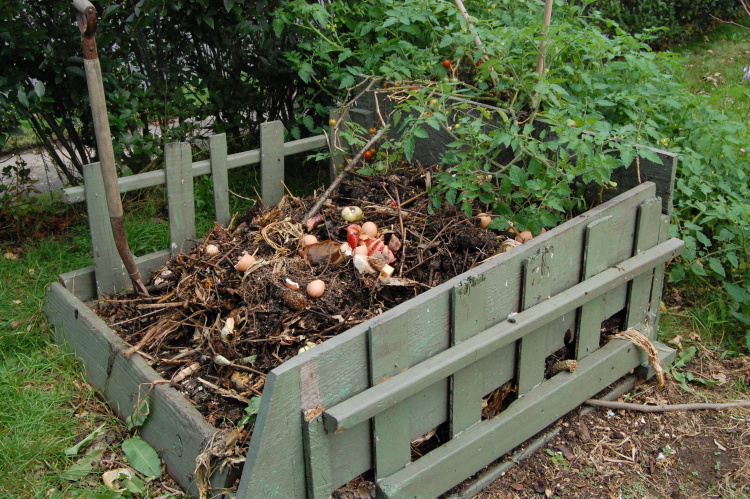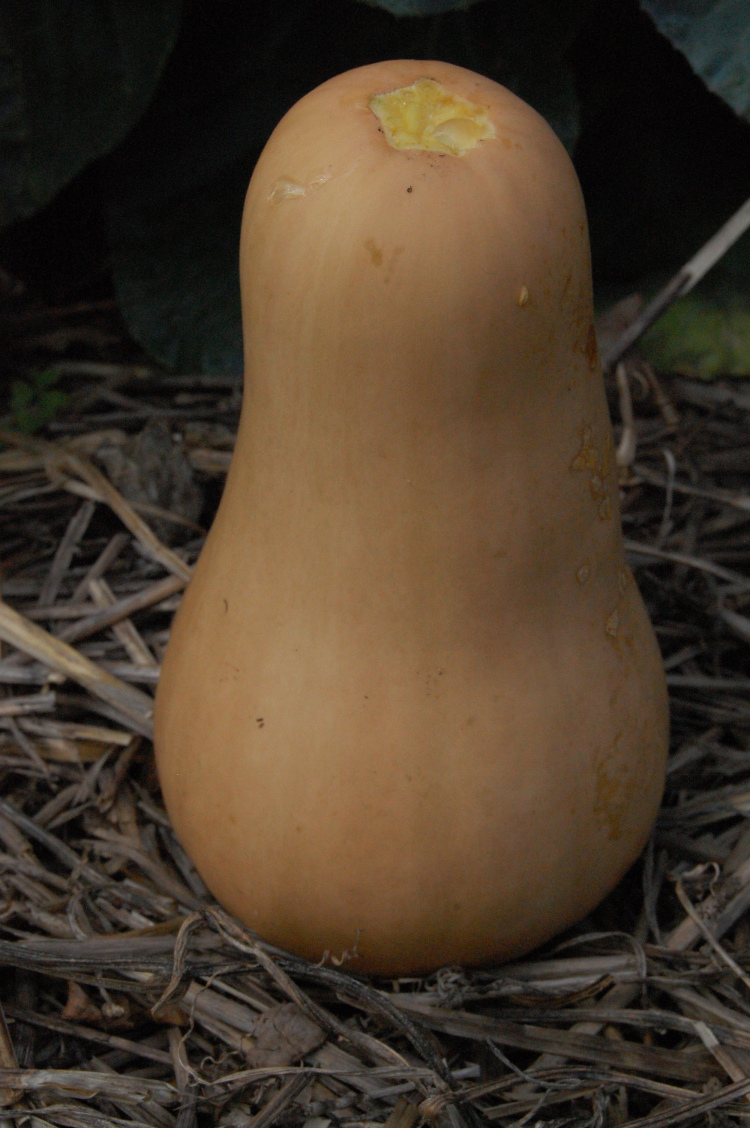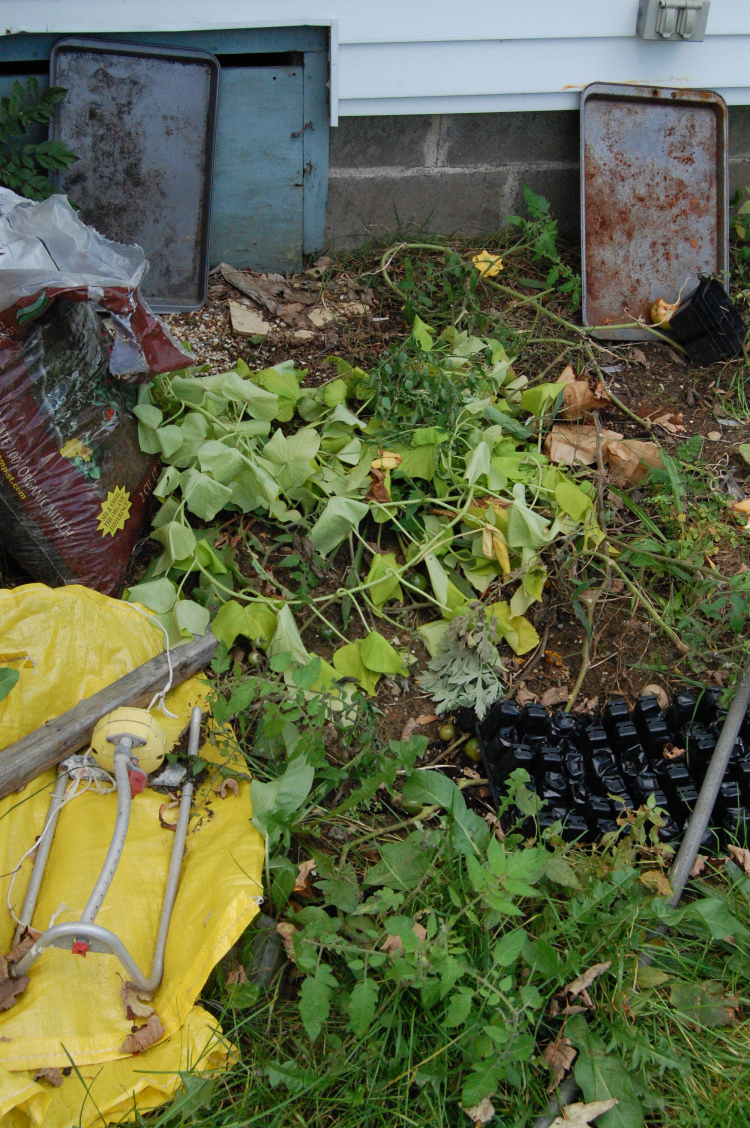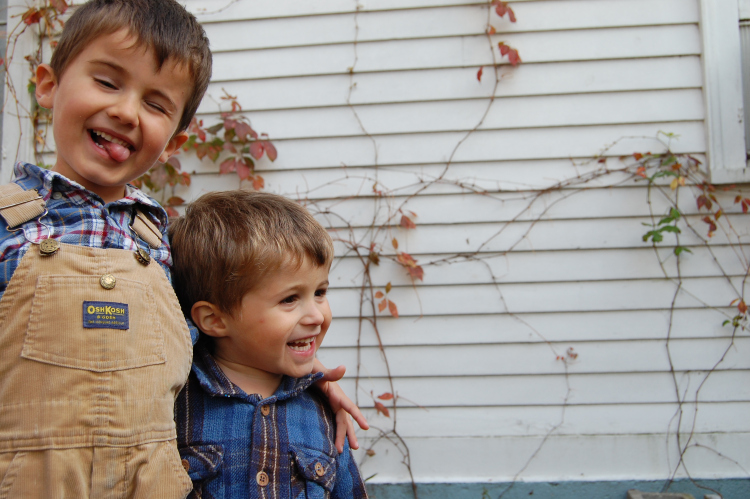Yesterday’s post on Plumpy’nut marked 100 posts here on Eat With Joy. I thought of doing some version of the ‘100 things about whatever’ meme, but I think I’m too lazy and/or busy for that.
Besides, I thought it might be more fun to highlight the top 10 posts from Eat With Joy‘s brief Internet life. And so without further ado…
(Click on each title to read the full post; italicized text represents excerpts)
#10 Film Review: “The Help” and the Supper of the Lamb
“Living the gospel acknowledges our shared humanity and need for reconciliation with God and with each other. When we sit to eat together, we acknowledge our physical needs and that shared humanity (we all eat; we all excrete) while tasting just a bit of God’s graciousness. The Help reminds me again just how countercultural that Supper of the Lamb really is…”
#9 Fake Gluten-Free Girl
“Can food preferences–not just gluten-free, not just Paleo–be a way of couching disordered eating in more socially acceptable forms?”
#8 Should Healthy Living be a Spiritual Discipline?
“We DON’T need “spiritual” reasons to pursue a “healthy” diet.
We DO need a new food culture, and there’s plenty of wisdom–in the Bible and elsewhere–that’s ready to help us shape one.”
#7 Breastfeeding and Justice
“Our ability to make choices about parenting styles is a direct result of our relative economic security and privilege. But that doesn’t mean that this ability is trivial or unimportant in light of extreme suffering. In fact, I think that how we choose to live–including how we spend our money and our time (and eating’s a big part of that)–is organically connected to suffering and justice both here and elsewhere. It’s also connected to how we view ourselves in relationship to the Creator and the rest of creation.“
#6 I’m 30! (30 things about a 30 year old on the 30th)
“3. Once, when I lived in Brooklyn, our house was broken into and our VCR was stolen, with my Winnie-the-Pooh tape inside. This was extremely distressing.
4. Another time, when I lived in Middle Village, our apartment was broken into and I could hear our German landlord, who lived downstairs, screaming, “I have a knife! I’m going to kill you!” Even more distressing.“
#5 Am I too thin to say “accept your body”?
“…all the ads for weight loss products and programs and gym memberships and everything else. They always carry with them the promise (the lie) that YOU YOU YOU can change your body–that it’s raw material for shaping any way you desire–if only you’ll buy this, do that, have enough control, pray enough, or whatever.“
#4 Injustice of Biblical Proportions
“Alabama’s new immigration law makes it a crime to appear in public without proof of your immigration status, and requires law enforcement officers to stop anyone who “appears illegal.” If you don’t have proof of legal residency when you go to pay your utility bill, they can cut off the water to your house.“
#3 Revolutionary Joy…and Basil
“Finding joy in basil grown from seed returns me to a place of joyful creativity that’s not (I imagine) unlike the Creator’s joy. It reassures me that even black specks of nothing can turn into something beautiful and delicious, something that brings three generations to the table and gives them delight.”
#2 White Collar’s Woman Problem
Gina Dalfonzo’s Guest Post:
“White Collar is showing an unhealthy obsession with the current Hollywood ideal of the skin-and-bones woman. And it’s especially saddening because White Collar is so strong a show in other ways—my friend Kim Moreland writes here about how well it handles themes like justice, order, and goodness —that slick Hollywood trappings, such as anorexic-looking women, stick out like the proverbial sore thumb.”
and the #1 post?
My Audrey Hepburn Problem
“…although I admired Audrey’s humanitarian legacy and reputed grace and kindness, I was most inspired by her thinness. In the days of my Audrey obsession, her brilliant film performances were less important than the visibility of her long, lovely bones in her various stunning Givenchy and Edith Head designs.“
Do YOU have a favorite post–or a topic you’d like to see more posts about? Leave a comment!
Like this:
Like Loading...













